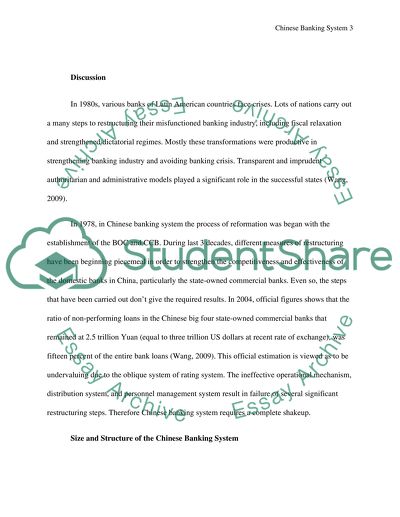Cite this document
(“To what extent is the incorporation of state owned commercial banks Essay”, n.d.)
Retrieved from https://studentshare.org/law/1402830-to-what-extent-hs-the-incorporation-of-state-owned
Retrieved from https://studentshare.org/law/1402830-to-what-extent-hs-the-incorporation-of-state-owned
(To What Extent Is the Incorporation of State Owned Commercial Banks Essay)
https://studentshare.org/law/1402830-to-what-extent-hs-the-incorporation-of-state-owned.
https://studentshare.org/law/1402830-to-what-extent-hs-the-incorporation-of-state-owned.
“To What Extent Is the Incorporation of State Owned Commercial Banks Essay”, n.d. https://studentshare.org/law/1402830-to-what-extent-hs-the-incorporation-of-state-owned.


